Seoul Drum Festival (서울드럼페스티벌)
8.2Km 2024-04-25
445 Yangneong-ro, Yongsan-gu, Seoul
+82-2-537-7109
Seoul Drum Festival is a representative music festival in Seoul that has been held in spring since 1999. The festival features performances by Korean and international artists along with exhibition and experience booths to learn more about drums. Participants of all ages can joyfully experience percussion in person through hands-on activities.
Nodeul Island (노들섬)
8.2Km 2024-11-01
445 Yangnyeong-ro, Yongsan-gu, Seoul
Nodeul Island seems like an island floating in the middle of the Hangang River. The island was opened to the public in 2012 as a recreational area while preserving most of its original form. In 2019, the island was equipped with more facilities to serve as a cultural entertainment spot to the public.
Seoul Circus Festival (서울서커스페스티벌)
8.2Km 2025-04-23
445 Yangnyeong-ro, Yongsan-gu, Seoul
+82-2-758-2036
Seoul Circus Festival is Korea's only circus festival. During the fun-filled weekend, performers from all over the world come to showcase their talents and provide fun experiences for the whole family to enjoy. In addition to the circus acts, guests can enjoy movies, exhibitions, and a flea market.
Seoul B-dance Festival (서울비댄스페스티벌)
8.2Km 2024-05-22
445 Yangnyeong-ro, Yongsan-gu, Seoul
+82-2-758-2045
The Seoul B-dance Festival takes place on Nodeulseom Island in the Hangang River and helps kick off the summer season with break dancing and other modern b-boy styles of dance. Enjoy a range of street culture programs outside of dancing, including skateboarding and graffiti art.
Olive Young - Gongdeok Station Branch [Tax Refund Shop] (올리브영 공덕역)
8.2Km 2024-04-16
1F, 199, Baekbeom-ro, Mapo-gu, Seoul
-
Olive Young - Gongdeok Park Palace Branch [Tax Refund Shop] (올리브영 공덕파크팰리스)
8.2Km 2024-04-18
1F, 143, Mapo-daero, Mapo-gu, Seoul
-
Sukjeongmun Gate (북악산 숙정문)
8.2Km 2020-06-19
1, Daesagwan-ro, Seongbuk-gu, Seoul
+82-2-747-2152
Of the Four Great Gates (Sukjeongmun, Namdaemun, Dongdaemun, and Seodaemun), established by King Taejo in 1396, Sukjeongmun is called the north gate.
Located to the north of Seoul, this gate, with Gyeongbokgung Palace in the center and Changaemun (Jahamun) to the right, make up the wings of the north gate. Due to the possible danger of the area being damaged from all the pedestrians, the king in 1413 planted pine trees and prohibited passing this area. Henceforth, Sukjeongmun became a scenic walkway until the North Korean Communist infiltration of 1968, which prohibited the passing of all civilians.
The reopening of Sukjeongmun in April of 2006 has led to the opening of Bugaksan Mountain in April of 2007 and is in the process of dividing it into 3 courses. Bugaksan Mountain has been kept well-preserved due to a long period of restriction in this area, and if you climb the mountain, you will be able to see all of Seoul.
Gomonae Wonjo Kongtang (고모네원조콩탕)
8.2Km 2021-03-26
13, Pungseong-ro 57-gil, Gangdong-gu, Seoul
+82-2-485-4675
Opened in 1989, this store always has a lot of customers waiting in line. This Korean dishes restaurant is located in Gangdong-gu, Seoul. The most famous menu is noodles in cold soybean soup.
Nike - Olympic Branch [Tax Refund Shop] (나이키 올림픽)
8.2Km 2024-04-18
1F, 1329, Yangjae-daero, Gangdong-gu, Seoul
-
Hwanghakjeong Pavilion (황학정)
8.2Km 2020-04-02
15-32, Sajik-ro 9-gil, Jongno-gu, Seoul
+82-2-738-5785
Hwanghakjeong Pavilion was built in 1898 by decree of King Gojong’s. It was originally set up close to the northern wall of Hoesangjeon in Gyeonghuigung Palace for archery practice. In 1922 when the Japanese colonial government sold buildings of Gyeonghuigung Palace to the public to build Gyeongseong Middle School in the location, the Hwanghakjeong Pavilion was bought and restored at the current location, which is an old site of Deunggwajeong Pavilion located to the North of Sajik Park.
It is relatively large for a pavilion, but the structure is plain and simple. There is a well behind the pavilion to the southwest. A rock behind the well has an engraved poem about eight beautiful scenes of Hwanghakjeong. Located to the right of the pavilion building (northeast of the building) is Hancheongak Pavilion, which has unique roof. To the west of the pavilion is Sauhoegwan Hall that was built with reinforced concrete.
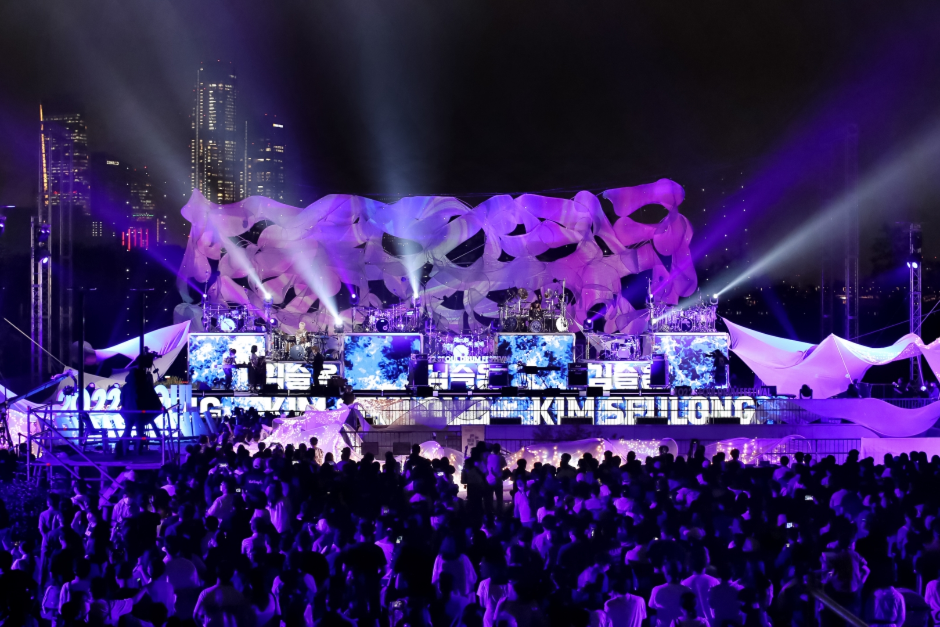

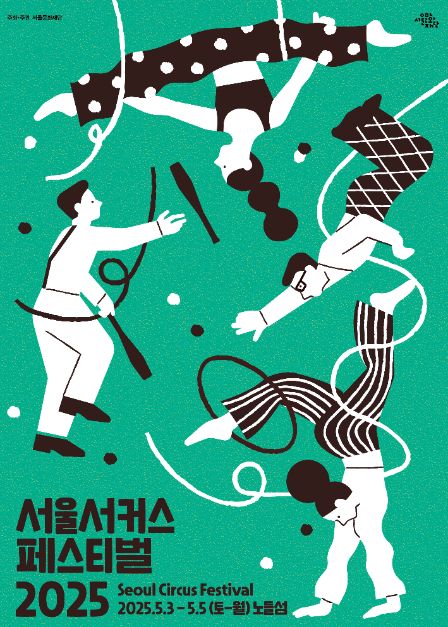
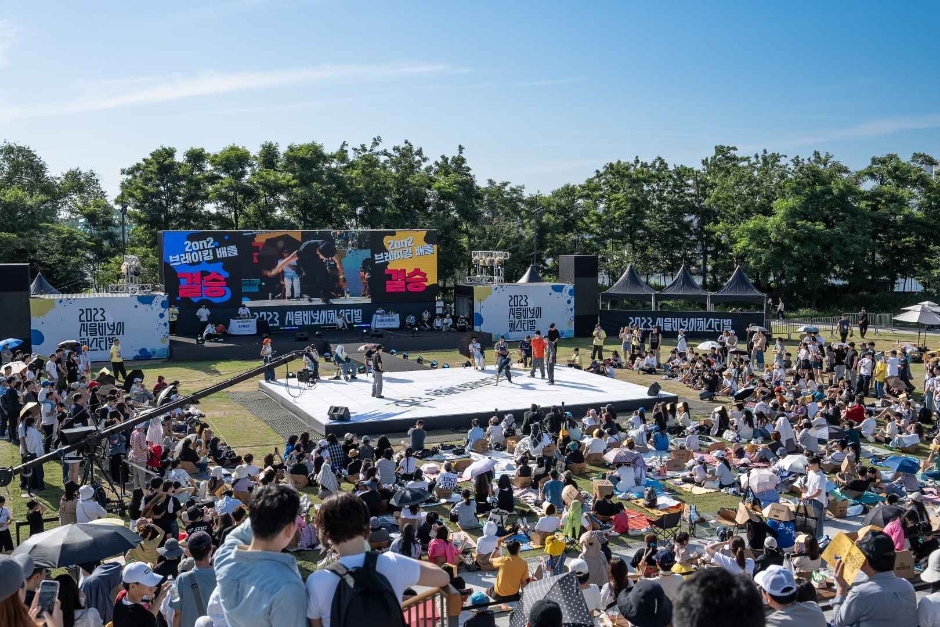
![Olive Young - Gongdeok Station Branch [Tax Refund Shop] (올리브영 공덕역)](http://tong.visitkorea.or.kr/cms/resource/78/2887978_image2_1.jpg)
![Olive Young - Gongdeok Park Palace Branch [Tax Refund Shop] (올리브영 공덕파크팰리스)](http://tong.visitkorea.or.kr/cms/resource/66/2889666_image2_1.jpg)
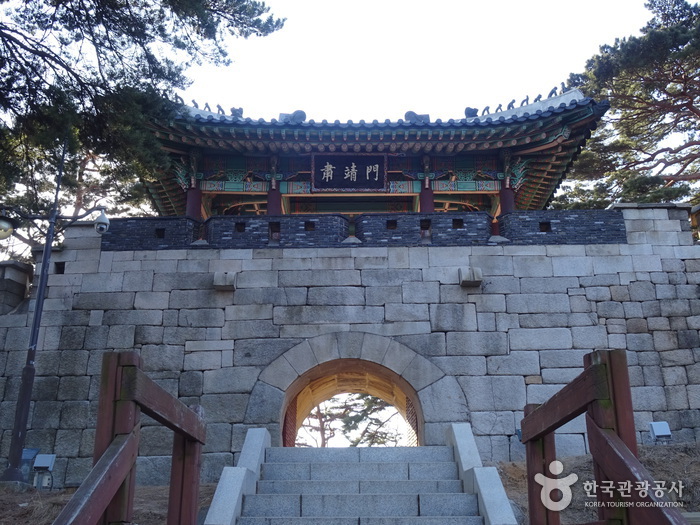
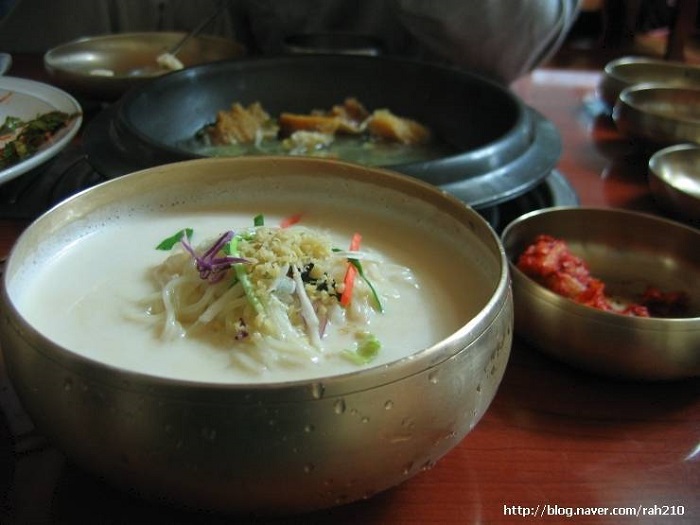
![Nike - Olympic Branch [Tax Refund Shop] (나이키 올림픽)](http://tong.visitkorea.or.kr/cms/resource/96/2878896_image2_1.jpg)
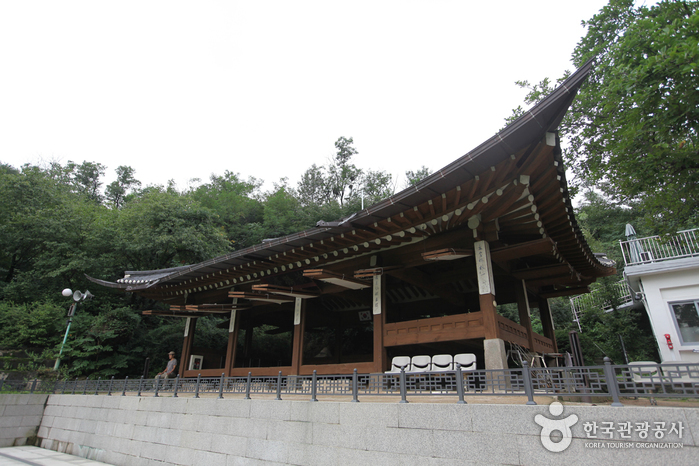
 English
English
 한국어
한국어 日本語
日本語 中文(简体)
中文(简体) Deutsch
Deutsch Français
Français Español
Español Русский
Русский